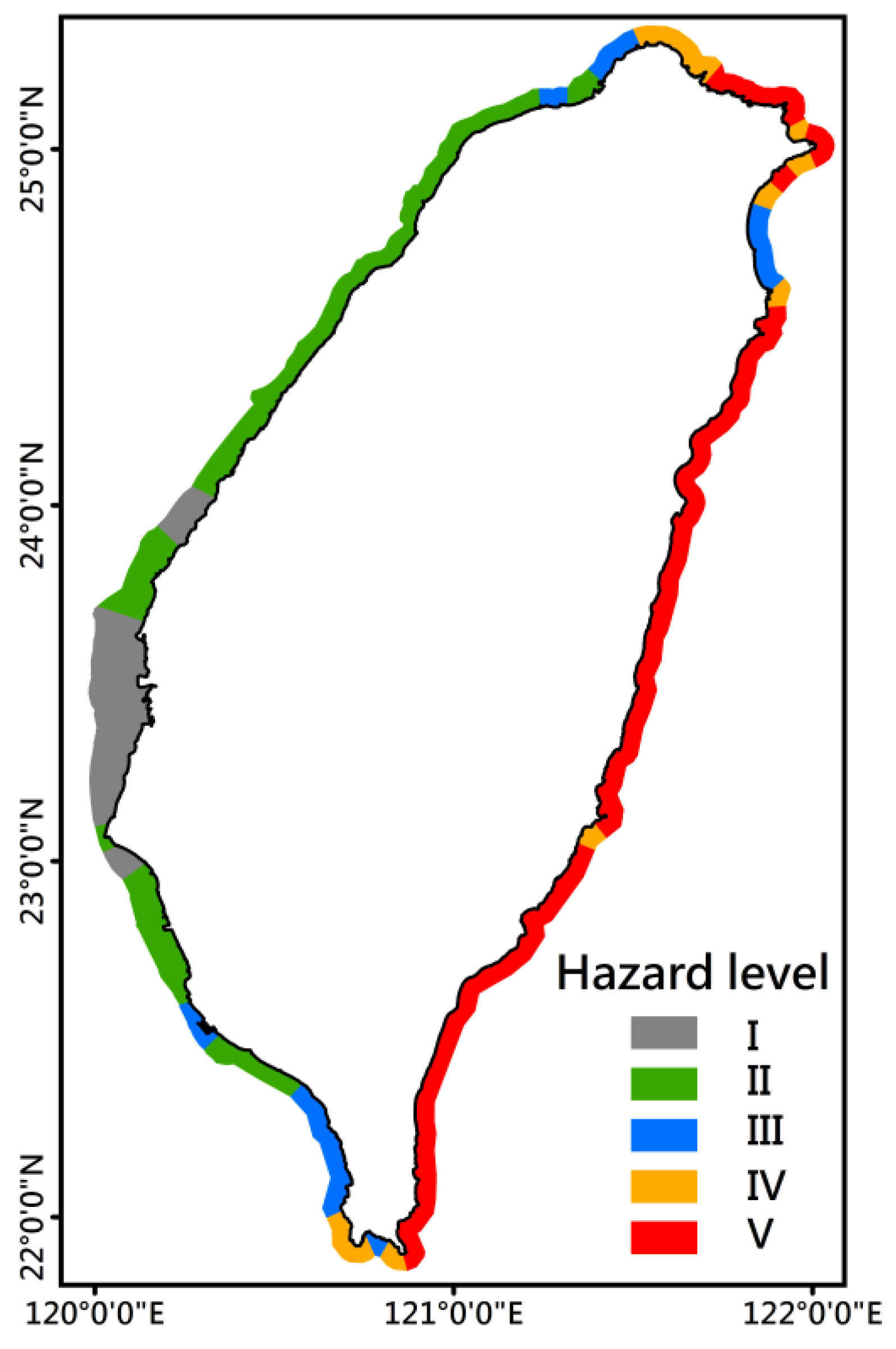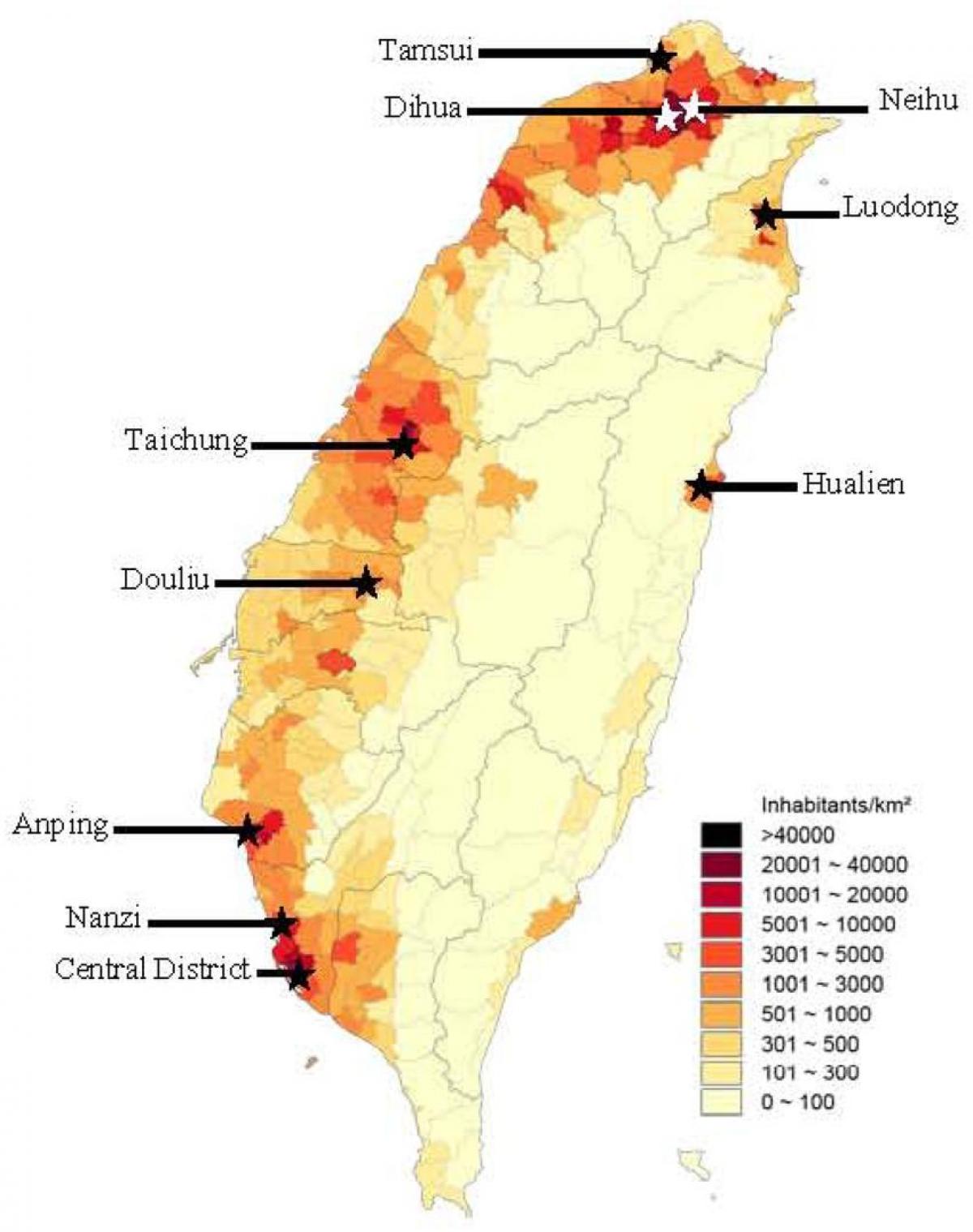Final Week The Most Dangerous Disasters in Taiwan
Final Week The Most Dangerous Disasters in Taiwan
I am learning about various dangerous natural disasters in Taiwan this semester. Taiwan is an island located in Southeast Asia, and its geography makes it prone to several natural hazards. The most dangerous hazards I will address in this final blog are Typhoons and Earthquakes.
Taiwan is located in the Pacific Rim Volcanic Belt, which is intersected by several complex tectonic plate boundaries. As a result, Taiwan's geology is prone to frequent earthquakes. Approximately 2,000 earthquakes occur annually, and earthquakes of large magnitude are also common. In addition, the subduction zone on Taiwan's east coast is prone to earthquakes that can generate tsunamis, which can cause extensive damage to Taiwan.

Typhoons are another natural disaster that occurs frequently in Taiwan. During the summer and fall, Taiwan is exposed to typhoons coming from the Pacific Ocean. The combination of warm ocean water and favorable atmospheric conditions often intensifies typhoons, bringing strong winds and heavy rainfall, and typhoons and torrential rains are more likely to occur over the ocean near Taiwan. Also, because of Taiwan's mountainous terrain and heavy precipitation, the island is prone to landslides, floods, and landslides during typhoons.

To mitigate the effects of these disasters, I believe it is essential to invest in infrastructure such as drainage systems, levees, and early warning systems to reduce the risk of flooding and landslides. I also believe that a priority to protect ourselves from dangerous natural disasters was to prioritize the construction of critical facilities such as hospitals and emergency shelters that can withstand the destructive effects of typhoons and earthquakes.
Taiwan is a mountainous country with limited plains and hills that are densely populated with cities and people. In addition, even uninhabitable hillsides and lowlands near the cities are used improperly, making the country more susceptible to natural disasters such as earthquakes, typhoons, landslides, and flooding. As a result, it's important for residents and visitors to stay informed and take appropriate precautions to stay safe. The eastern and southern parts of Taiwan are vulnerable to typhoons due to their location on the Pacific Ocean. And the western and northern parts of Taiwan, where most people live on flat land, are susceptible to earthquakes and their effects, requiring strict enforcement of building codes and the use of earthquake-resistant building materials.

The best place to build a house in Taiwan is in an area that is free from typhoons and earthquakes. However, this may not be practical due to Taiwan's limited land area. Therefore, earthquake-resistant building materials and designs should be considered, and areas prone to flooding and landslides should be avoided.

In conclusion, Taiwan is geographically vulnerable to frequent typhoons and earthquakes. The government should prioritize the allocation of resources to at-risk areas and invest in countermeasures and facilities to mitigate the effects of these disasters. By enforcing building codes, using earthquake-resistant building materials, and developing early warning systems, Taiwan can better prepare for and mitigate the effects of natural disasters. having studied Taiwan throughout the year, the country is at great risk for natural disasters. The government and the people should work together to save as many victims as possible.
Sources:
http://twgeog.ntnugeog.org/en/natural_hazard/
https://www.thinkhazard.org/en/report/147296-taiwan/EQ
https://project2049.net/2009/10/14/the-hazards-of-taiwan-integrating-traditional-and-non-traditional-security/
This comment has been removed by the author.
ReplyDeleteHello,
ReplyDeleteI enjoyed reading your blog it was very informational I didn’t know that Taiwan is geographically vulnerable to frequent typhoons and earthquakes
Hi Shoki, your final blog post is great! It is super easy to follow and I enjoyed the images and the clarity of the text. Tawain seems to have a lot to deal with due to its location, and I think all your ideas for building infrastructure are very important for the country to stay safe and be prepared!
ReplyDelete